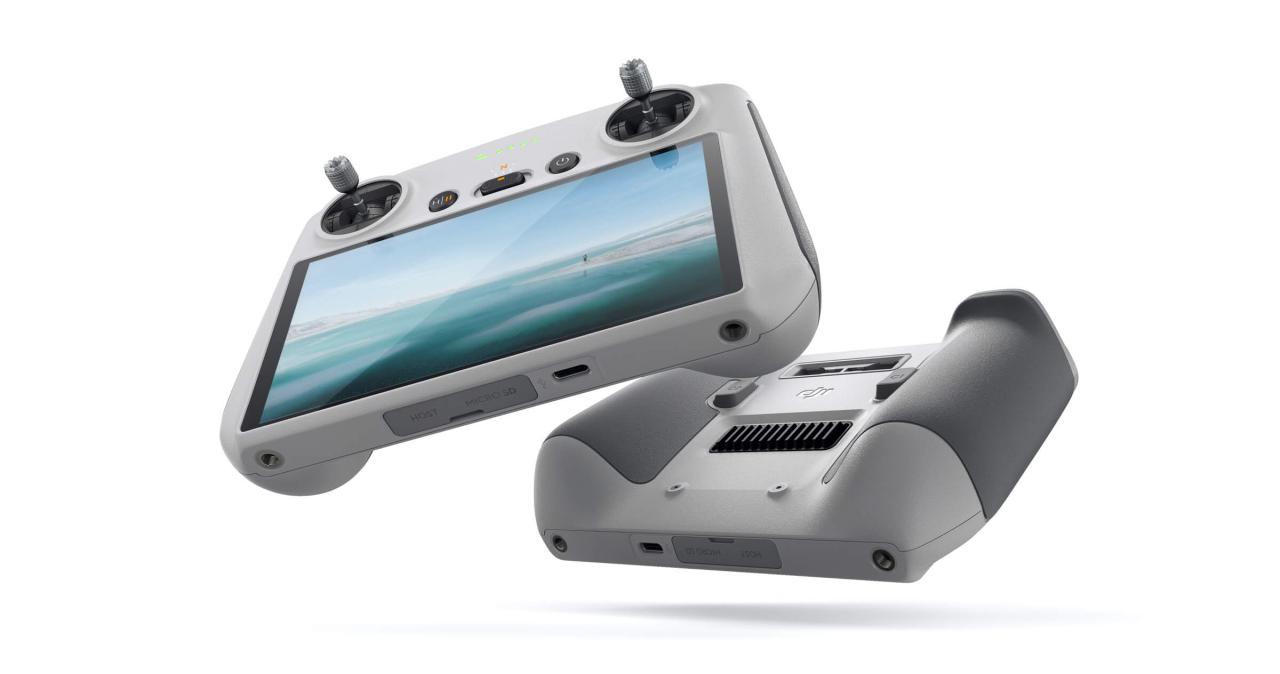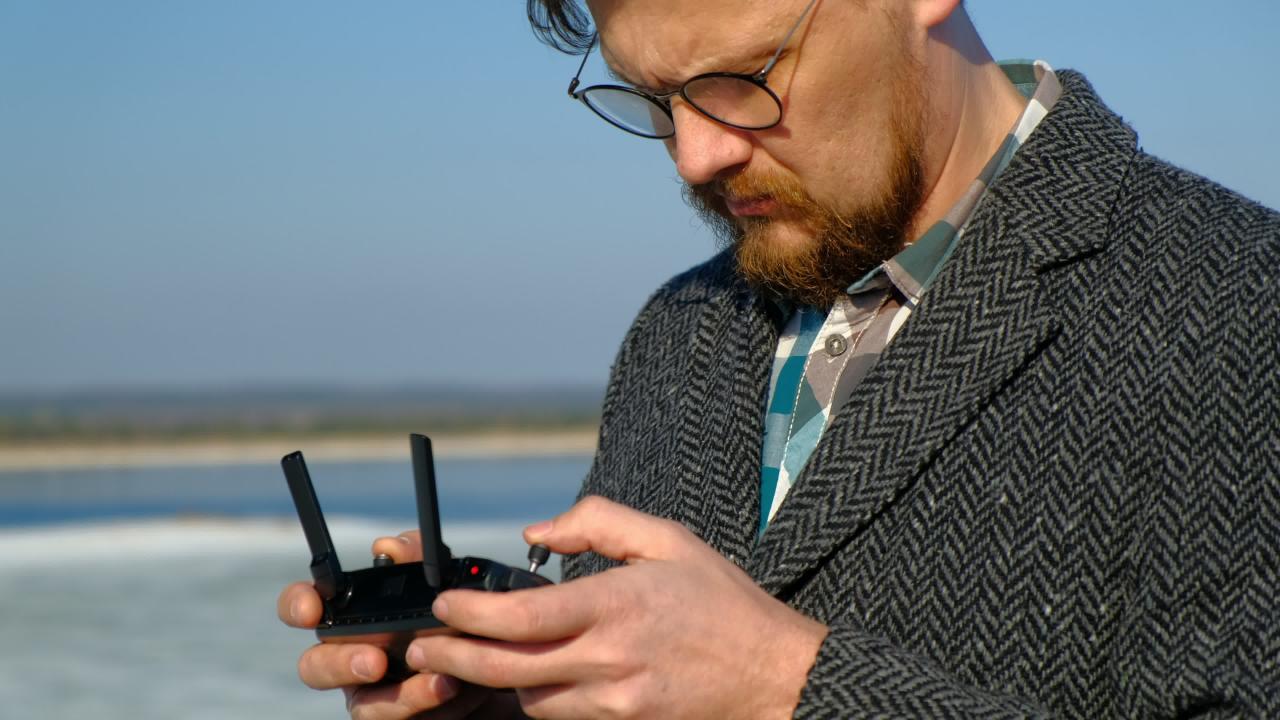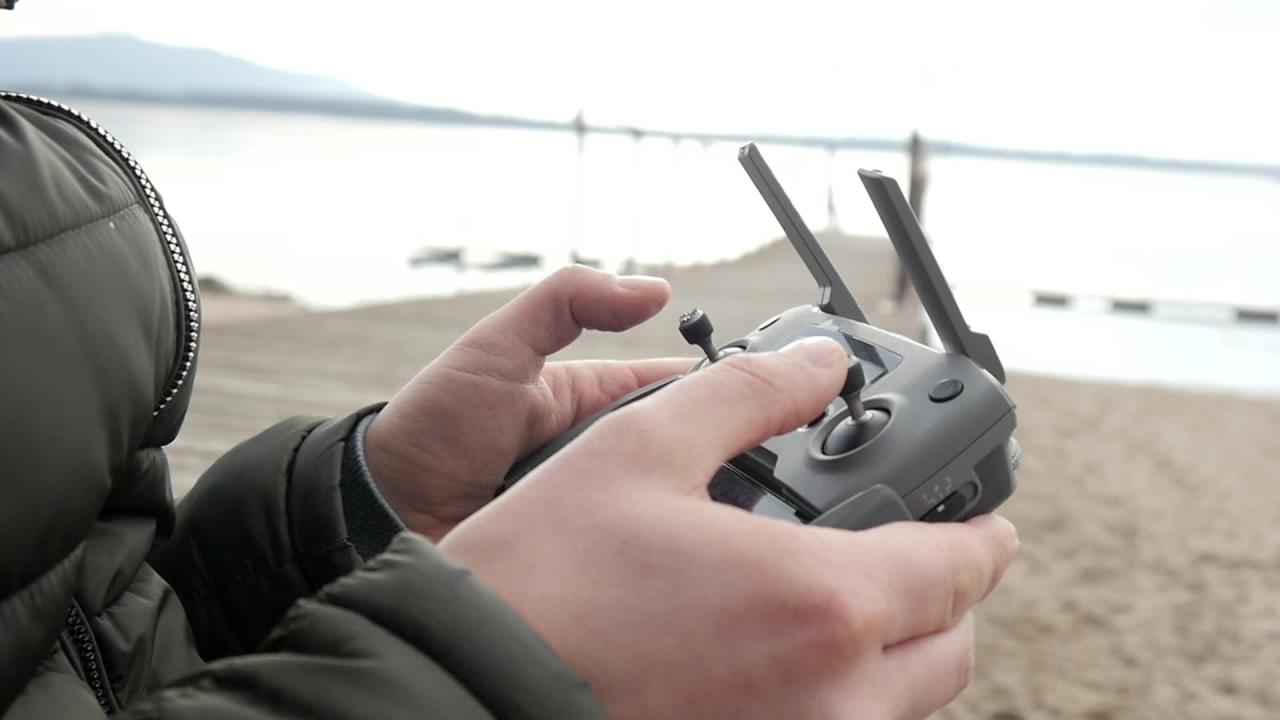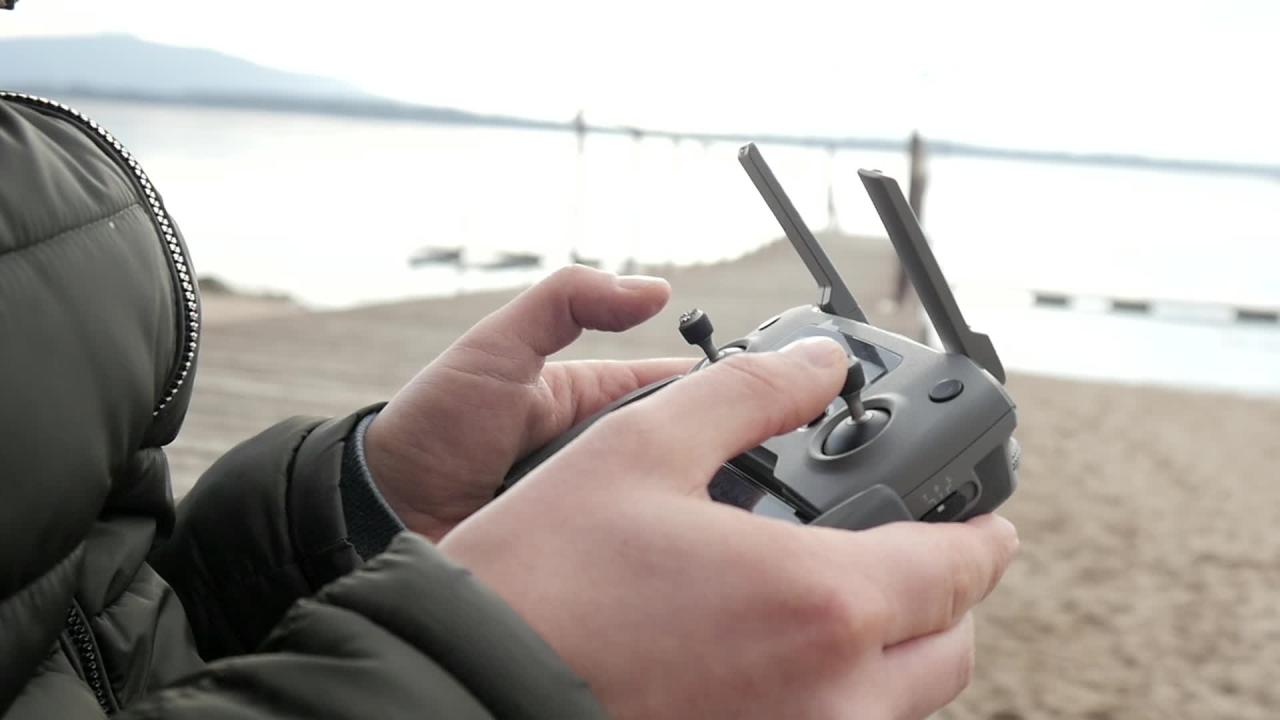Drone remote start is revolutionizing how we operate unmanned aerial vehicles (UAVs). Imagine launching a drone for a critical search and rescue mission from miles away, or initiating a complex infrastructure inspection without physically being near the drone. This capability opens up a world of possibilities across various sectors, from commercial applications to military operations. This guide delves into the technology, safety considerations, legal aspects, and future trends surrounding drone remote start, equipping you with a comprehensive understanding of this exciting field.
So you’re into drone remote start? That’s cool! Before you go buzzing around, though, it’s super important to know the rules. Check out the specifics on canada drone laws under 250g if your drone weighs less than that. Understanding these regulations ensures you’re flying legally and safely, making the most of your drone’s remote start capabilities.
Happy flying!
We’ll explore different types of remote start systems, examining the technologies behind them and the communication protocols that ensure reliable operation. We’ll also discuss the crucial safety and security measures needed to mitigate risks, along with the legal and regulatory frameworks that govern their use. By the end, you’ll have a solid grasp of the current state and future potential of drone remote start technology.
Drone Remote Start: A Comprehensive Guide
Remotely starting a drone offers a compelling blend of convenience and capability, expanding the operational scope of these versatile machines. This guide delves into the intricacies of drone remote start, covering its definition, applications, safety considerations, technological underpinnings, legal framework, and future prospects.
Defining “Drone Remote Start”
Drone remote start refers to the ability to initiate a drone’s power-on sequence and pre-flight checks from a distance, typically using a remote control or a connected mobile device. Interpretations vary depending on the drone’s capabilities; some systems might only initiate power-up, while others allow for more complex pre-flight routines like motor calibration and GPS acquisition. This functionality eliminates the need for physical proximity to the drone during startup, offering significant advantages in various scenarios.
Types of Remote Start Functionalities
Remote start functionalities range from simple power-on commands to sophisticated pre-flight checklists executed remotely. Basic systems allow users to turn the drone on and off remotely. Advanced systems incorporate features such as automated pre-flight checks, motor warm-up routines, and even the ability to adjust settings remotely before takeoff. Some systems even integrate with weather data to determine optimal takeoff conditions.
Key Components of a Drone’s Remote Start System
A typical drone remote start system comprises several key components: a remote control or mobile application, a communication module (e.g., Wi-Fi, cellular, satellite), a drone-integrated control unit, and a power source. The communication module ensures reliable data transmission between the remote device and the drone. The control unit interprets the commands and executes the appropriate actions on the drone.
A robust power source is crucial for reliable operation.
Applications of Drone Remote Start
Drone remote start finds applications across diverse sectors, enhancing efficiency and safety. Its utility extends beyond recreational use to critical operations.
Examples of Drone Remote Start in Various Industries

Industries like agriculture, infrastructure inspection, search and rescue, and law enforcement leverage remote start for enhanced operational efficiency and safety. In agriculture, drones can be remotely started for pre-dawn crop surveys, minimizing disruption to daily operations. Infrastructure inspectors can initiate inspections remotely, optimizing time and reducing potential risks. Search and rescue teams can deploy drones quickly and efficiently to survey disaster zones.
Scenario: Search and Rescue Operation
Imagine a scenario where a remote area experiences a sudden landslide. A search and rescue team, equipped with a drone featuring remote start capabilities, can quickly deploy the drone from a safe distance. The drone, activated remotely, begins its autonomous flight, mapping the affected area and identifying potential survivors. This significantly reduces response time and minimizes risks to the rescue team.
Comparison of Remote Start Advantages and Disadvantages for Different Drone Types
| Drone Type | Advantages of Remote Start | Disadvantages of Remote Start | Security Considerations |
|---|---|---|---|
| Consumer | Convenience, ease of use | Limited range, basic functionality | Vulnerable to unauthorized access if security is weak |
| Commercial | Increased efficiency, enhanced safety, remote pre-flight checks | Higher cost, more complex setup | Requires robust security measures to protect sensitive data and prevent unauthorized access |
| Military | Enables deployment in hazardous environments, crucial for time-sensitive operations | High cost, stringent security protocols, complex integration | Highly secure systems are critical; potential for sophisticated attacks |
Safety and Security Aspects
While remote drone starting offers numerous benefits, it’s crucial to address potential safety and security risks. Unforeseen circumstances and vulnerabilities need proactive mitigation.
Potential Safety Risks
- Malfunction of the remote start system leading to uncontrolled drone behavior.
- Loss of communication between the remote controller and the drone.
- Unforeseen environmental factors (e.g., strong winds) impacting drone operation.
Security Vulnerabilities and Mitigation Strategies

Security vulnerabilities can include unauthorized access to the drone’s control system, leading to malicious control or data theft. Mitigation strategies involve employing robust encryption, authentication protocols, and regular software updates to patch security flaws.
Best Practices for Safe and Secure Remote Drone Operations
- Use strong passwords and multi-factor authentication.
- Regularly update the drone’s firmware and software.
- Maintain a clear line of sight to the drone during startup, if possible.
- Operate within the drone’s specified range and environmental limits.
Technological Considerations
The choice of communication technology significantly impacts the reliability and range of remote drone start capabilities. Signal strength and interference play a crucial role.
Comparison of Remote Start Technologies
Cellular networks offer wide-area coverage but can be susceptible to signal interruptions. Wi-Fi provides high bandwidth but has a limited range. Satellite communication offers the greatest range but is typically more expensive. The optimal technology depends on the specific application and operational requirements.
Impact of Signal Strength and Interference
Weak signals or interference can disrupt communication, potentially leading to failure of the remote start command or loss of control. Mitigation strategies include using redundant communication channels, employing signal boosters, and operating in areas with minimal interference.
Influence of Communication Protocols

Reliable communication protocols, such as those incorporating error correction and acknowledgment mechanisms, enhance the reliability of remote drone starting. Protocols like UDP and TCP offer different trade-offs between speed and reliability, impacting the overall performance of the remote start system.
Getting your drone started remotely is super convenient, right? But remember safety first! A quick look at this article about a drone crash in Paris highlights the importance of responsible flying and pre-flight checks. Properly understanding your drone’s remote start function and always being aware of your surroundings are key to preventing accidents and ensuring smooth, safe flights.
Legal and Regulatory Framework
Operating drones with remote start capabilities necessitates adherence to relevant legal and regulatory frameworks, varying across jurisdictions.
Relevant Legal and Regulatory Considerations
Regulations often address aspects such as drone registration, operator licensing, operational airspace restrictions, and data privacy. Failure to comply with these regulations can result in penalties.
Examples of National or International Regulations
Many countries have specific regulations regarding drone operation, including those with remote start functionalities. The FAA in the US, for example, has specific rules regarding drone registration and operation. International organizations like ICAO also provide guidelines for safe and responsible drone operation.
Key Legal Implications for Drone Operators Using Remote Start
- Compliance with registration and licensing requirements.
- Adherence to airspace restrictions.
- Data privacy regulations regarding collected information.
- Liability in case of accidents or incidents.
Future Trends and Developments
The field of drone remote start is poised for significant advancements, driven by technological innovations and evolving operational needs.
Predictions about Future Trends
We can expect to see more sophisticated remote start systems with improved security features, enhanced range, and greater autonomy. Integration with AI and machine learning could further optimize drone operations, enabling autonomous pre-flight checks and adaptive responses to changing environmental conditions.
Potential Advancements in Remote Drone Starting, Drone remote start

Advancements might include the use of more robust communication technologies, such as 5G or low-earth orbit satellite constellations, enabling more reliable and wider-area control. Improved battery technology could extend flight times, while advancements in AI could enable more sophisticated autonomous operations.
Conceptual Illustration of a Future Drone Remote Start System
Imagine a system where a drone, equipped with advanced sensors and AI, autonomously performs pre-flight checks, assesses weather conditions, and selects the optimal takeoff location. The operator, using a user-friendly interface, can initiate the entire process remotely, receiving real-time feedback and managing the drone’s flight parameters with enhanced precision and safety.
Illustrative Examples: Different Drone Types and Their Remote Start Capabilities
Large Commercial Drone for Infrastructure Inspection
Envision a large commercial drone, equipped with high-resolution cameras and sensors, used for inspecting bridges or power lines. Its remote start system boasts a range of several kilometers, incorporating robust encryption and authentication protocols for enhanced security. Operational procedures involve pre-flight checks conducted remotely, followed by autonomous flight along a pre-programmed route. The system provides real-time data transmission to a ground station, allowing engineers to monitor the inspection remotely.
Small Consumer Drone with Simplified Remote Start Mechanism
Picture a compact consumer drone with a user-friendly mobile application for remote start. The interface features a simple on/off button and a few basic settings. Safety features include automatic propeller guards and an emergency stop function accessible through the app. Ease of use is paramount, making the drone accessible to a broad range of users with minimal technical expertise.
The drone’s limited range ensures safe operation within controlled environments.
Setting up drone remote start is usually pretty straightforward, but sometimes you hit a snag. If you’re troubleshooting and need some quick info, maybe check if chatgpt down? is affecting any online resources you’re using for your drone’s manual or troubleshooting guides. Once you’ve checked that, you should be able to get your drone in the air and flying using remote start.
Epilogue
Drone remote start technology is rapidly evolving, promising increased efficiency, safety, and accessibility in diverse applications. From streamlining commercial inspections to enhancing emergency response capabilities, the implications are far-reaching. As we move forward, addressing security concerns and navigating the evolving regulatory landscape will be key to unlocking the full potential of this transformative technology. This guide has provided a foundational understanding, empowering you to engage with this exciting field responsibly and effectively.
Helpful Answers: Drone Remote Start
What are the typical range limitations of drone remote start systems?
Range varies greatly depending on the technology used (cellular, Wi-Fi, satellite) and environmental factors like signal interference. Cellular and Wi-Fi systems typically have shorter ranges than satellite systems, but satellite systems can be more expensive.
How much does a drone remote start system cost?
Costs vary widely based on the complexity of the system, the drone type, and the features included. Simple systems for consumer drones might be relatively inexpensive, while sophisticated systems for commercial or military drones can be significantly more costly.
What are the potential cybersecurity threats associated with remote drone starts?
Potential threats include unauthorized access and control of the drone, data breaches, and malicious interference with the drone’s operation. Robust security measures, such as encryption and authentication protocols, are crucial to mitigate these risks.
Are there any specific certifications or licenses needed to operate drones with remote start capabilities?
Regulations vary by country and region. Check with your local aviation authority to determine the specific licensing and certification requirements for operating drones, particularly those with advanced features like remote start.
